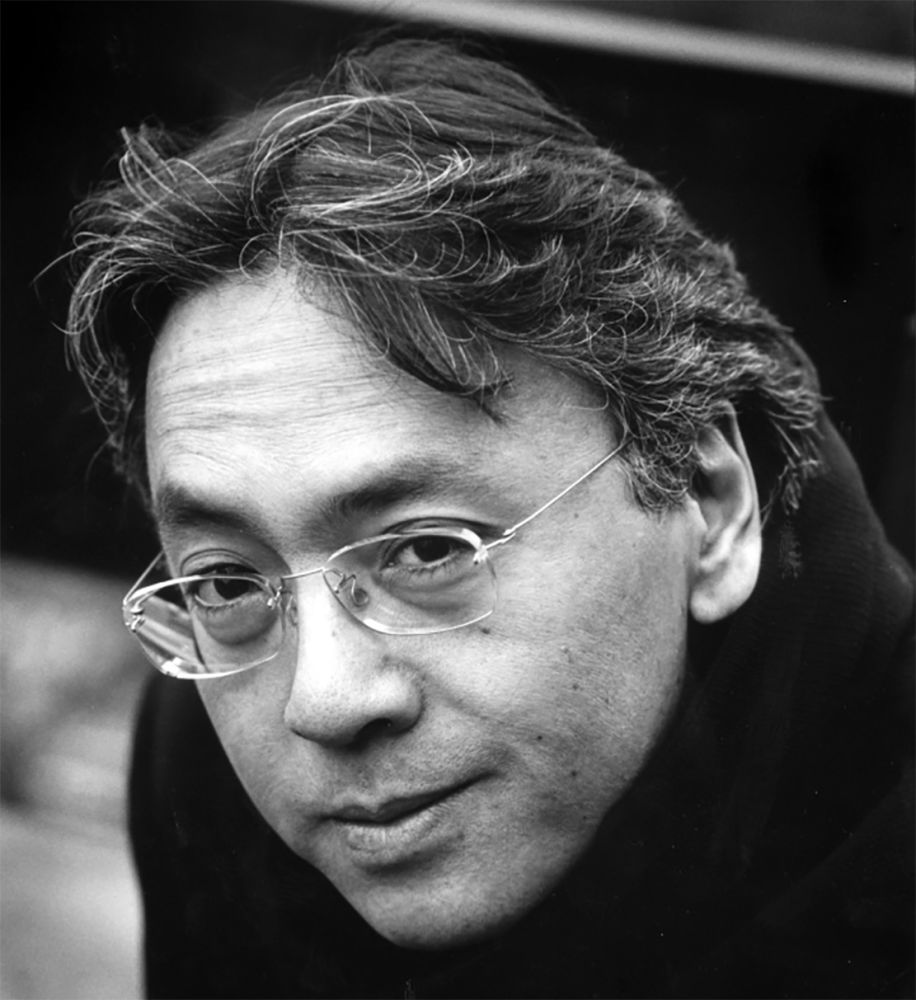
Before this piece, I had limited knowledge of Woodrow Wilson. Most of that was centered on the work he did at the beginning of the 20th century, and much of that came from Margaret McMillan’s book, “The Peacemakers” (in the UK) / Paris, 1919 (in North America)”. My impression of him was a giant, transforming the old world with his ideas and his actions, and it was a transformation that was much needed. The world transformed after the first World War, leaving behind much that was bad, and a lot of that was Wilson’s doing.
However, Wilson racism was a terrible thing, and there is no overlooking it. There is no way to say Wilson was simply a great man: his racism and the discriminatory actions he took stain him permanently. He is a complex man, though, and there is no one scale to measure him on.
This complexity is true for all American presidents. There is a part of Americans that want to revere their leaders. They build them monuments, they sanctify them, they constantly assess and reassess them, be they Wilson, or Grant, or even Reagan. No doubt this will happen to Obama, too. This desire to sanctify leads to trouble, just as it is leading to trouble in Wilson’s case.
Ideally Americans would spend less time idealizing their past leaders and building them monuments and centers like the one for Wilson. Anything like that should include all the history of the person and the time they lived in. Show the complexity of the person, their strengths and their weaknesses, and highlight both what they achieved and what they failed to achieve. Give a full accounting of the person.
(Image is a link to a photo by Mark Makela for the New York Times)









 .
.













 (Image credit:
(Image credit:  (Image credit:
(Image credit: 






 The first time I saw Blade Runner 2049, I found myself continually comparing it to the first Blade Runner. I loved it but I could not think of it without thinking about the first film.
The first time I saw Blade Runner 2049, I found myself continually comparing it to the first Blade Runner. I loved it but I could not think of it without thinking about the first film.



